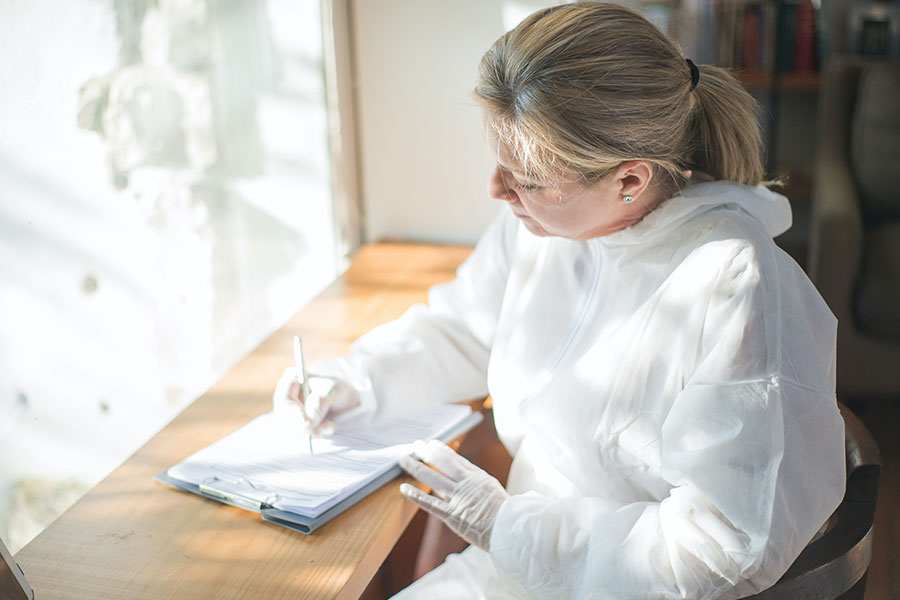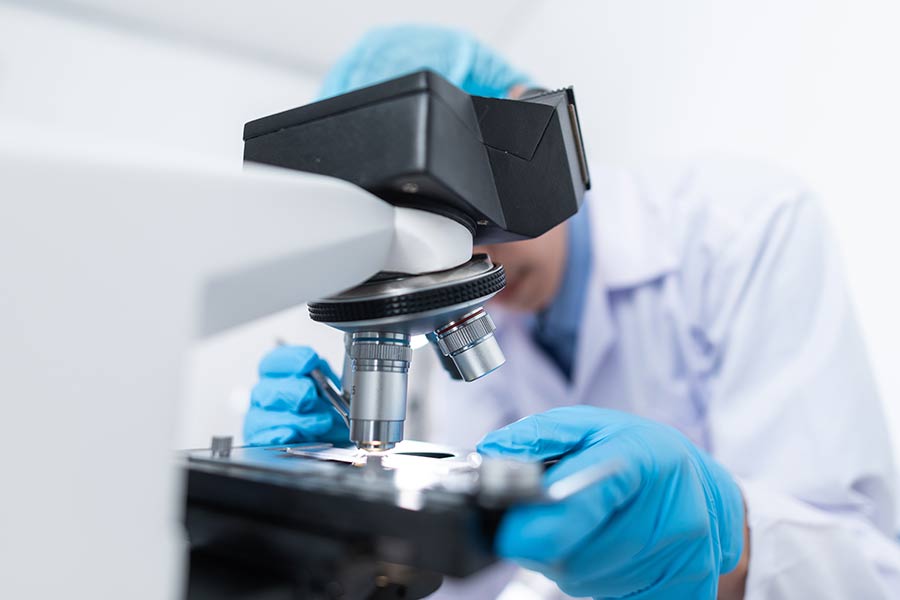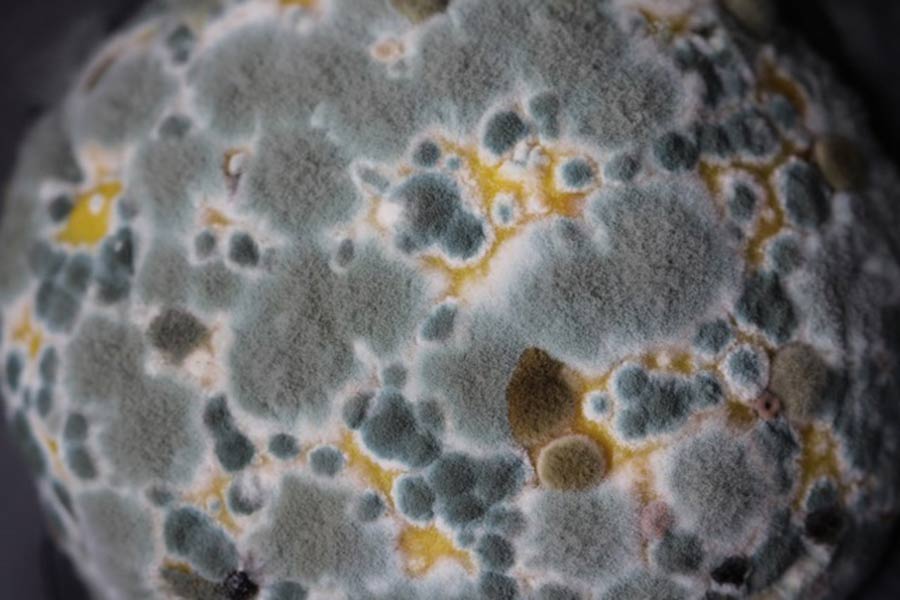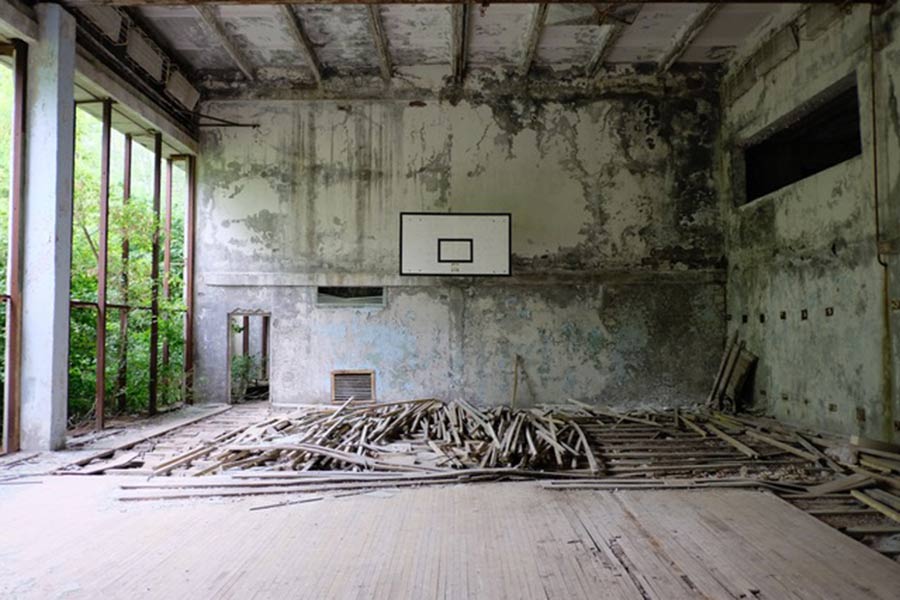Mould is a type of fungus. It requires a food source and moisture to germinate. Mould can grow on any carbon containing materials; and many standard building materials (e.g.MDF) provide a perfect food source for mould. Mildew is also a type of fungus and is in fact mould in its early stages.
Moulds are highly resistant and can remain dormant for years. Some moulds are beneficial but certain mould species contain mycotoxins which have been linked to adverse health effects. There is black mould, red mould, green mould, pink mould as well as blue mould. Mildew is usually grey or white.
Mold and mildew growth starts within 24 – 48 hours of exposure to moisture. It is also particularly important to consider the non-viable (dead) mould as the mycotoxins may still cause adverse health effects even though the mould is not viable (alive).
Elevated mould exposure has been linked to various adverse health effects such as eye, nose and throat irritation or inflammation, wheezing, nasal congestion, sneezing, sinusitis, asthma, recurring colds, headaches, coughing and sore throat, fatigue not eradicated by rest, Candida, rashes and various skin conditions. With prolonged toxic mould exposure, the endocrine and nervous system can be affected and this can lead to symptoms such as dizziness, mood changes and short term memory loss. The primary concern is breathing in toxic mould spores and associated mycotoxins as this may compromise the body’s immune system. This is particularly the case for those with chronic illnesses, the elderly, infants and those with existing respiratory ailments such as asthma.
Mould (sometimes spelt mold) and mildew problems are often left unsolved and the mould is superficially removed whenever it appears. The presence of mould may be a result of a broken roof tile, leaking water pipe, compromised waterproofing, lack of ventilation or simply bad building design or building materials. Domestic and commercial HVAC systems can also contribute to elevated mould concentration levels and these can be assessed and tested.





